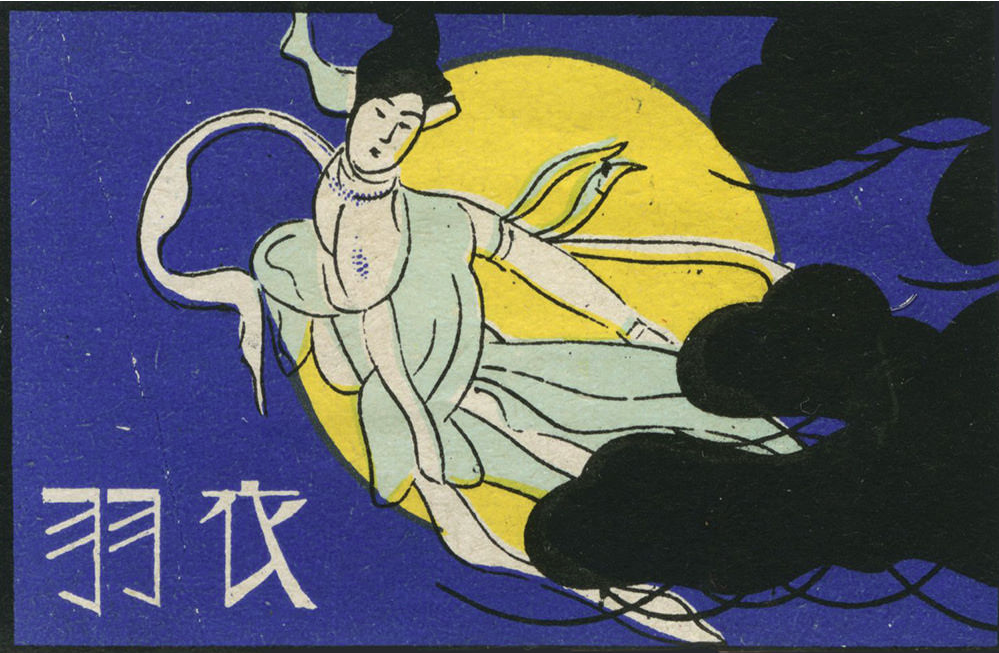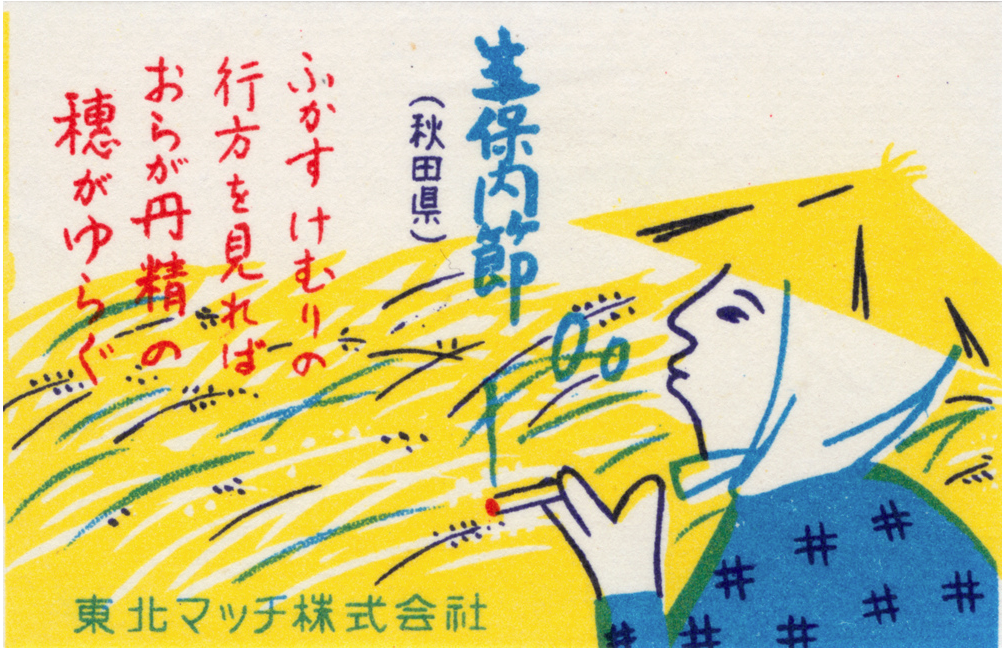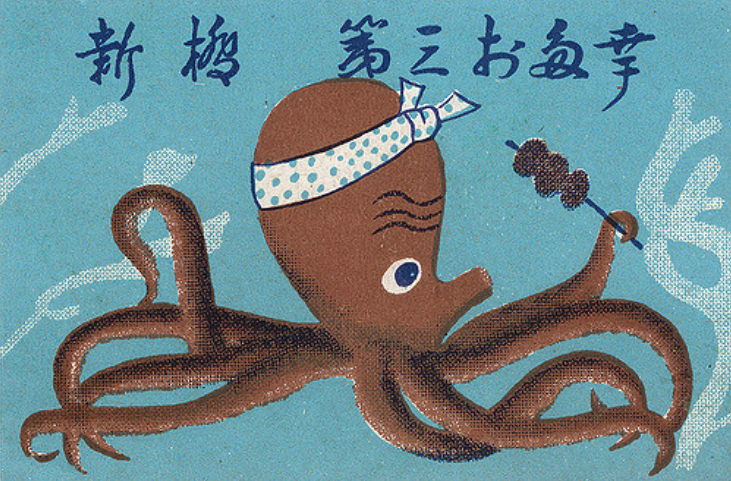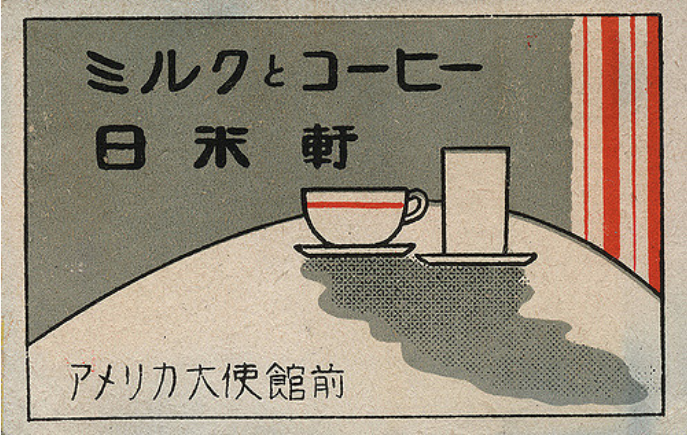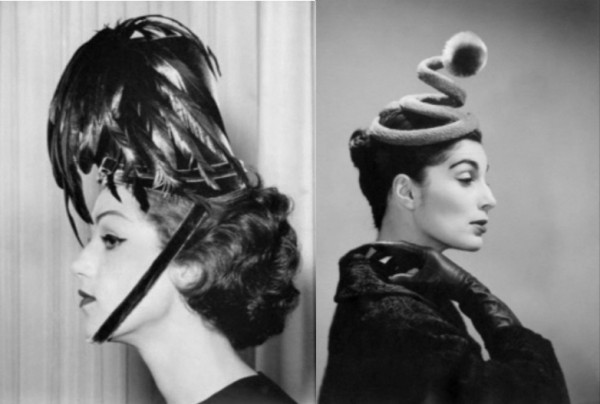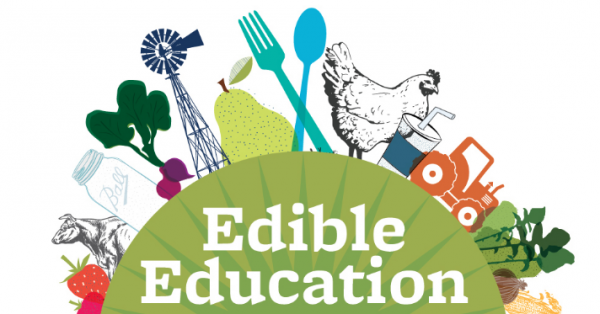Elie Wiesel not only survived the Holocaust but went on to live a full life with a prolific career, the fruits of which included 57 books, most famously 1960’s Night, a short and formally distinctive work drawn from his experience in the concentration camps. “The only role I sought was that of witness,” he wrote in 1978. “I believed that having survived by chance, I was duty-bound to give meaning to my survival, to justify each moment of my life.” And even before his death this past Saturday at age 87, the Nobel Peace Prize winner had learned much about what it means to come to life’s end.
“The body is not eternal, but the idea of the soul is,” Wiesel writes in Open Heart, the 2012 memoir he wrote after undergoing another brush with death, late in life, which necessitated emergency open-heart surgery. “The brain will be buried, but memory will survive it.” Oprah Winfrey reads those words back to him in an interview from that same year, a clip from which you can see above. “Now that you’ve had all this time to think about it,” she asks, “what do you think happens when we die?”
“Somehow,” he replies, “I will become a child. Childhood, for me, is a theme in all my work. Will I meet my parents again? I want to know that.” Winfrey expresses special interest in the visions of his own family he had in the hospital, such as that of his father who had died at Buchenwald, just weeks before the camp’s liberation, and the sight of whose face he had previously glimpsed, just for a moment, during his Nobel award ceremony in 1986. His father’s second posthumous appearance made him think death might not be so bad after all, but “that is the danger. You feel it’s so good to be with the dead, then why not join them?”
But Wiesel, who had done so much already, felt he “had more and more things to do. I haven’t even begun.” Indeed, continuing in his capacity as the “Conscience of the World,” he received four more awards and honors between 2012 and 2014, made many appearances, and surely wrote pages that will see publication in the years, or even decades, to come. But for all his accomplishments, he himself found nothing more unusual, as he said to Winfrey in a previous talk sixteen years ago, than his own normality, “that I survived the Holocaust and went on to love beautiful girls, to talk, to write, to have toast and tea and live my life — that is what is abnormal.”
Related Content:
Alice Herz-Sommer, the Oldest Holocaust Survivor (Thanks to the Power of Music), Dies at 110
Bertrand Russell on the Existence of God & the Afterlife (1959)
Is There an Afterlife? Christopher Hitchens Speculates in an Animated Video
Based in Seoul, Colin Marshall writes and broadcasts on cities and culture. He’s at work on a book about Los Angeles, A Los Angeles Primer, the video series The City in Cinema, the crowdfunded journalism project Where Is the City of the Future?, and the Los Angeles Review of Books’ Korea Blog. Follow him on Twitter at @colinmarshall or on Facebook.
